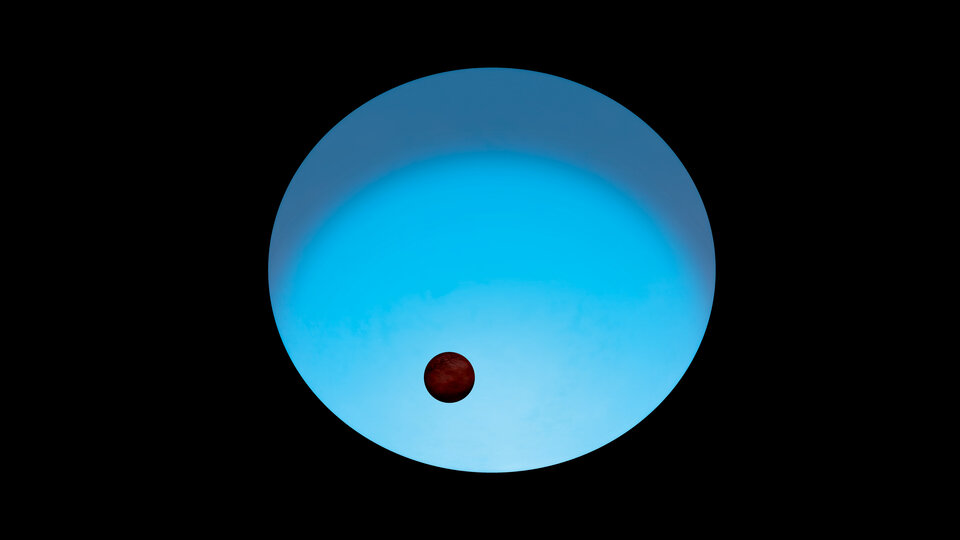
A new study of the seven Earth-sized exoplanets around TRAPPIST-1 indicate that all 7 planets are extremely similar to each other in makeup, but potentially quite different from Earth.

As it turns out, organic material, liquid water, sunlight and a large moon might not be enough to ensure an exoplanet’s habitability. It also may depend on whether enough radioactive elements are present in the planet’s core.

We’ve discovered a number of “lava planets” or “magma worlds” throughout the Milky Way. These planets are in such close proximity to their stars that their surface is literally melted into a perpetual ocean of lava.

Recently, an international team of scientists, combined data from Kepler Space Telescope and Gaia Observatory revealed is that half of the Sun-like stars in our Universe could have rocky, potentially-habitable planets.

The ESA’s CHEOPS (Characterizing Exoplanets Satellite) mission has announced its first discovery. It’s called WASP-189 b, and it’s a blistering hot temperature of 3,200 °C. They’re calling the planet an “ultra-hot Jupiter.”

Once a star left the gravitational embrace of its solar system, its pretty much destined to drift through interstellar space forever. Astronomers call these drifters “rogue planets” and one of them have been found recently.

Astronomers have discovered what appears to be an intact, Jupiter-size planet ( WD 1856 b ) whipping around a compact white dwarf, the remnant of a Sun-like star.

Researchers have found an Earth-size exoplanet with a pi-like 3.14-day period. Whirling around its star at some 291,000 kph, the planet’s surface temperature is estimated at around 176 degrees Celsius.

Direct images of exoplanets are pretty rare. This is the first direct image of multiple exoplanets orbiting a star similar to our Sun taken by The European Southern Observatory’s Very Large Telescope (VLT).

An Earth-like world is one that’s rocky and that orbits a Sun-like, or G-Type, star. The Milky Way has 400 billion stars, with 7 % of them being G-type, meaning that less than six billion stars may have Earth-like planets in our Galaxy.

The red dwarf Proxima Centauri, just 4.2 lights years away. Recently, U.S. astronomers using data collected from the Hubble Space Telescope 25 years ago, have confirmed the presence of an exoplanet Proxima Centauri c.

The closest star to the Sun is a small red dwarf star known as Proxima Centauri. It is only 4.2 light-years away and is now known to have an Earth-sized planet in its habitable zone.

A new study presents the first-ever direct images of twin baby planets forming around their star. The proud mama is PDS 70, a star in the Centaurus constellation. It’s about 370 light years away.

Astronomy is advancing to the point where we can see planets forming around young stars. This was an unthinkable only a few years ago. It was only two years ago that astronomers captured the first image of a newly-forming planet.

The object, called Fomalhaut b, was first announced in 2008. It was clearly visible in several years of Hubble observations that revealed it was a moving dot. Now it has vanished and scientists seek for a plausible explanation.